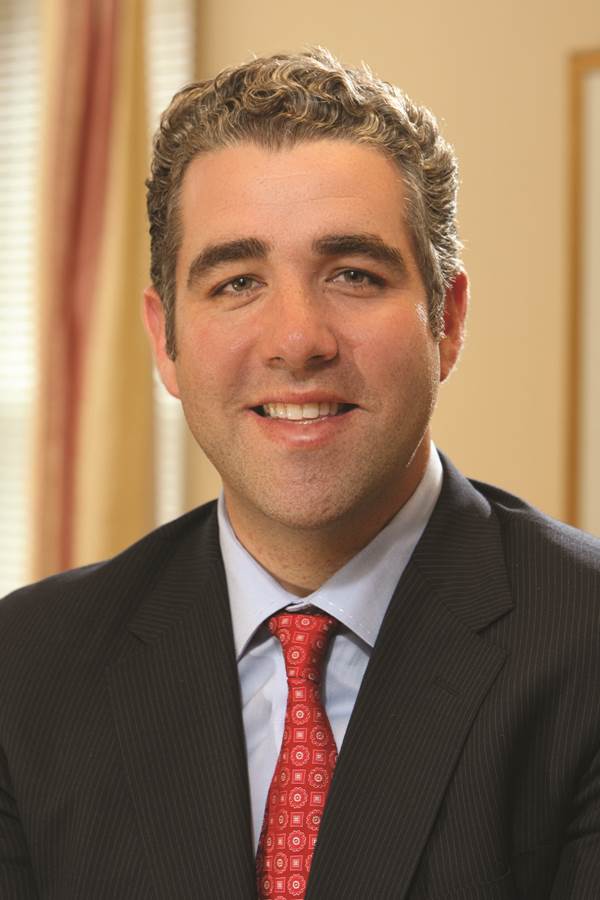May 25, 2021
Q&A with Dr. Steven Landers on the Evolving COVID Pandemic & Vaccination Efforts
As the COVID-19 pandemic evolved over the past year, the home health community has worked tirelessly to protect patients, home health care providers, and the communities we serve.
Now, with the focus shifted to vaccination efforts, the Partnership spoke with Dr. Steven Landers, President and CEO of the Visiting Nurse Association Health Group, Inc., about the changes he has seen since we spoke last April:
How has the healthcare landscape changed since we spoke about the COVID-19 crisis last year?

What a year. The death and suffering due to the COVID-19 pandemic have been truly devastating, and it is going to take years to fully digest what has happened. The silver lining for me is being part of a team and home health industry filled with heroes and angels! The lifesaving work that has been done to help people safely get home and decompress overcrowded hospitals and facilities has been incredible, as has all the skilled and compassionate touches that have made a difference in loneliness and isolation. I will never forget how our people have stepped up in such an inspiring way.
I think the biggest differences for home health now compared with this time last year are the resurgent and growing demand for our services, the critical financial and regulatory relief provided by state and federal initiatives, and, of course, these incredible vaccines. The vaccines are truly modern biomedical miracles; the level of protection and safety we are seeing in the trials and early roll-out are just spectacular. These vaccines will protect our people and our patients, and help society get back to a more normal dynamic.
How have you seen the pandemic impact and change the role of the home health community?
From a home health perspective, I think the stresses of the pandemic really helped us shine and demonstrate our total value—it’s been amazing. Home health has made an impact on so many levels for the payers, health system partners like physicians and hospitals, and, most importantly, for families and the public. We’ve expanded our comfort with new technologies like telehealth and are taking on even more complex, high-need patients––succeeding in helping them remain independent.
We all knew before the pandemic that older people and those with serious chronic illness want to age in place, but the COVID-19 risks in congregate care settings, combined with all the lifesaving efforts by home health providers, have really taken the public’s interest and confidence in home care to new levels. For example, my team was featured on Gayle King’s CBS news show and President Biden spent quite a bit of his address to the joint session of Congress on the importance of home care and our workforce. This is the first time I can ever recall a President focus on home health in such a prominent way.
What role are home health providers playing in the vaccine roll out?
Home health providers have played an important role in the roll out of COVID-19 vaccines. For one, we have all been focused on getting access to vaccines for our front-line clinical employees. They were put to the front of the line because of the risks associated with their work. The initial weeks were all about finding supply and access to vaccinations. Now, as more people have been vaccinated and the supply is starting to outstrip demand, our challenge is getting to folks who are hesitant and delaying vaccination.
Home health providers have also taken a leading role in helping homebound people get access to vaccines. In my opinion, there had not been enough focus on getting vaccines out to the homebound early in the vaccination process, but I do see federal and state health authorities starting to zero in a bit more on the homebound.
How are home health providers coordinating with federal and state officials on the vaccine roll out?
One thing I am very happy about is that the Centers for Disease Control and Prevention, the Centers for Medicare & Medicaid Services, and some outside think tanks and foundations have issued guidance and briefs about vaccinating the homebound. It is the first time in my career that I can recall so many groups specifically identifying and sharing a concern for the “homebound” who have, unfortunately, often been hidden or overlooked. I think home health providers have been at the forefront of raising awareness about the plight of the people we care for during the pandemic. It’s making a difference, and there is more attention being paid. We need to turn that attention into action!
What are some of the challenges you are experiencing?
It requires a lot of planning and coordination to vaccinate homebound patients because it requires decisions around vaccine product allocation, storage, labor, and other logistical considerations. In my agency, we are doing more home vaccinations, but the numbers are still smaller than I’d like. We continue to advocate for a bigger role in this space.
From a provider perspective, I think the biggest challenge now is getting enough people who are qualified out into the field. Recruitment, retention, staff development: these are central to the success of every agency and the whole industry.
